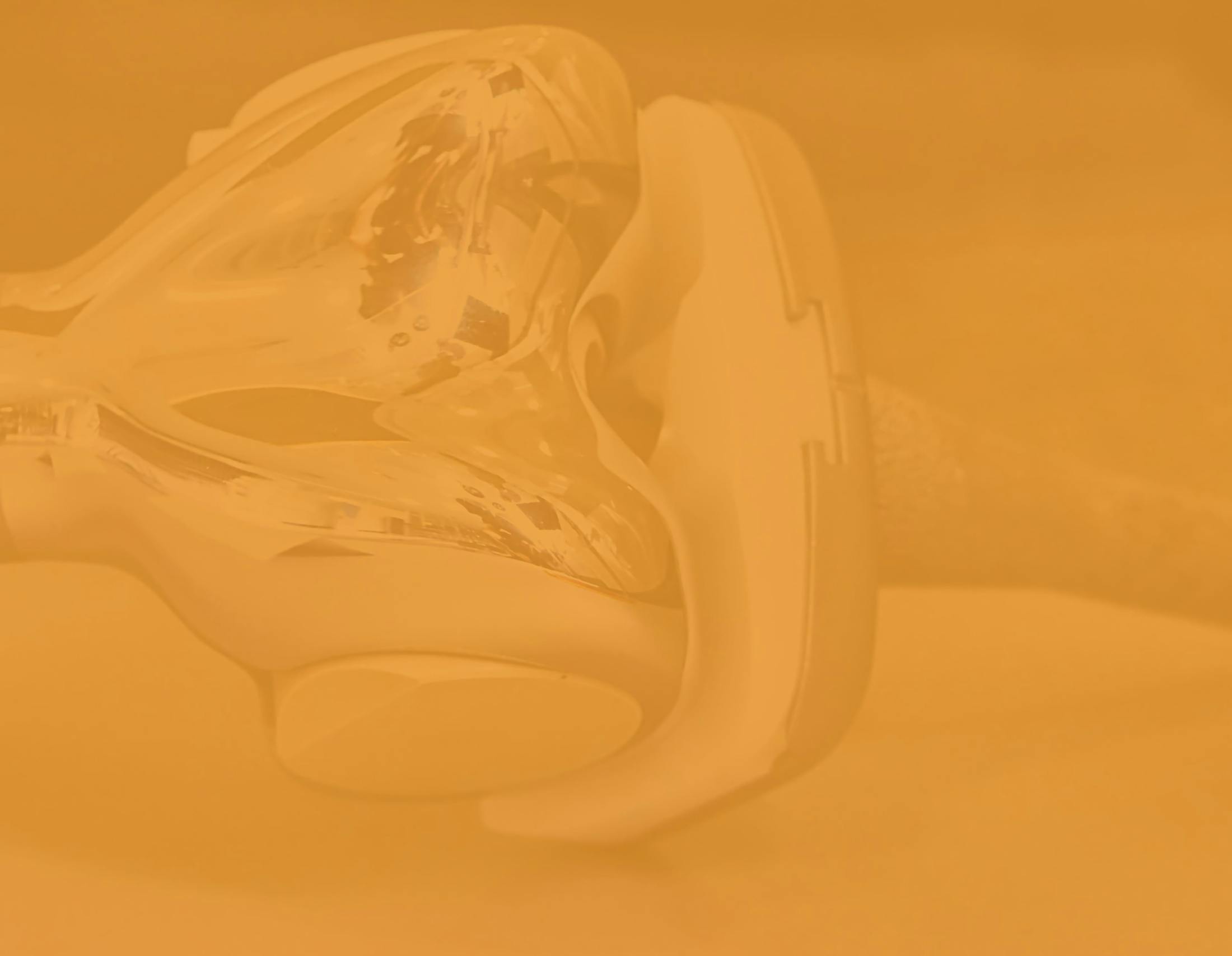A hip implant composed of ceramic is a terrific option for young, active patients who require total joint surgery. Ceramic implants are associated with significantly less wear than other materials – resulting in a durable, long-lasting joint.
The Nanoknee™ Experience: Better Outcomes. Faster Return.
A full, pain-free return to your active lifestyle isn’t just possible at Nanoknee™ – it’s routine. Thanks to our unprecedented approach, our patients often:
- Are back on their feet in just 60 minutes
- Return home to begin healing within two hours
- Enjoy full range of motion and a durable new joint that lasts
Don’t let pain keep you sidelined for a minute longer. Replace your damaged hip with Nanoknee™, and get back in the game faster than ever before.








